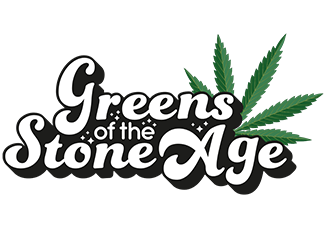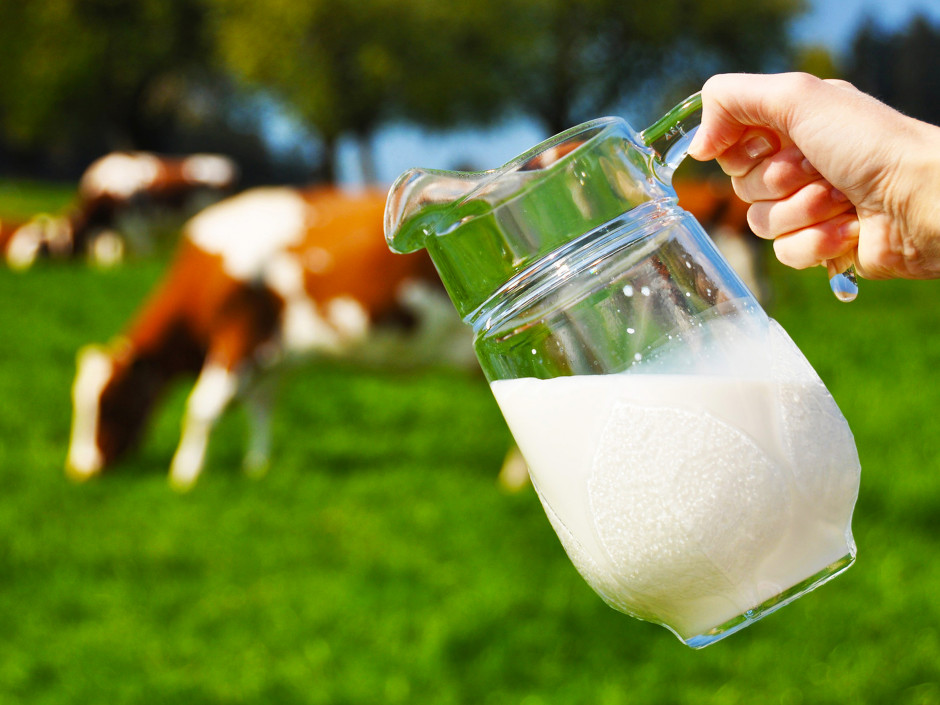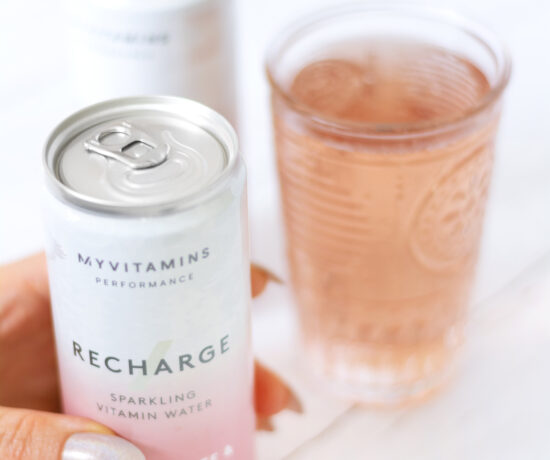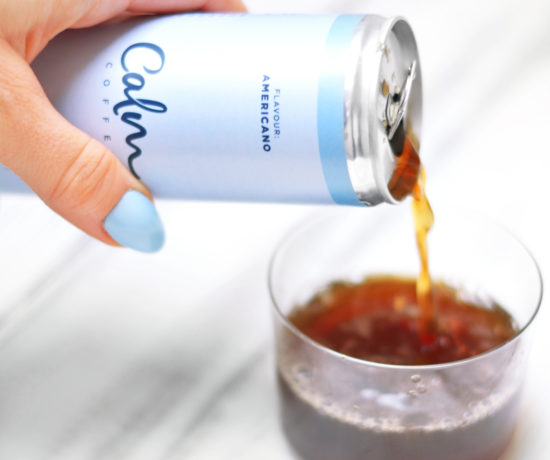Do you ever ask yourself when and why we started pasteurising our milk? Is raw milk really all that dangerous? And should we be as worried as we have been led to believe we should?
Currently raw dairy is legal and found to be safe for human consumption within the UK – it can be sold as long as it abides by the FSA’s (Food Standards Agency) rigorous standards such as regular tuberculosis testing (not really a bad thing) and by carrying a health warning label.
As a child I used to visit my aunt’s farm – and I still have some vague memories of the oddly pleasant lingering smell of the cows and the clean, sweet and creamy taste of ‘real’ milk. Could this fresh and natural food source that I once loved as a child really be all that risky? And in a really immature and naive way I can’t help but wonder if the flesh of a cow is edible, and if the egg of the chicken is okay to consume – how could the milk of a cow not be?
As a breastfeeding mother I have asked myself some pretty odd questions and one of the oddest being “… if my raw breast milk is okay for human consumption then why isn’t a cow’s?”.
Did you know that human breast milk contains a similar kind of oligosaccharide (a carbohydrate molecule linked with simple sugar molecules) to that of bovine milk? And did you also know that these same oligosaccharides contained within human breast milk are indigestible by the enzymes within a human infants gut? These very same indigestible oligosaccharides feed the microbiota (friendly bacteria) within the gut which then synthesise certain vitamins and fatty acids.1,2
To read the article in full head on over to Primal Eye Magazine.






No Comments